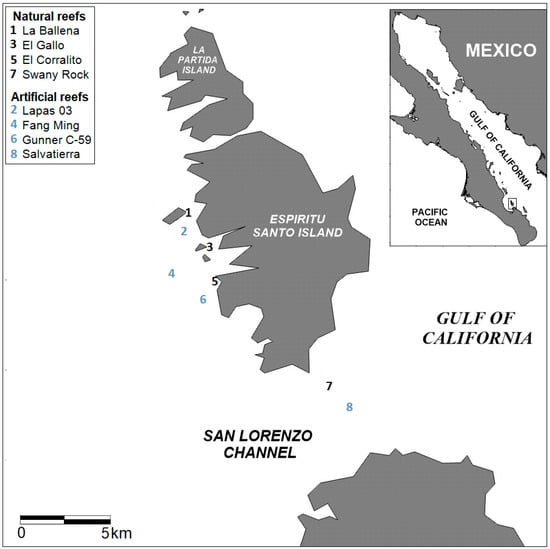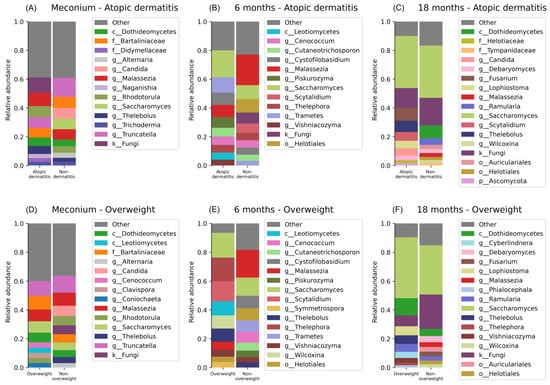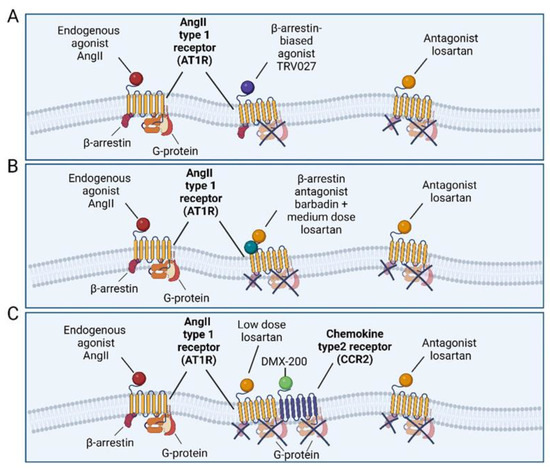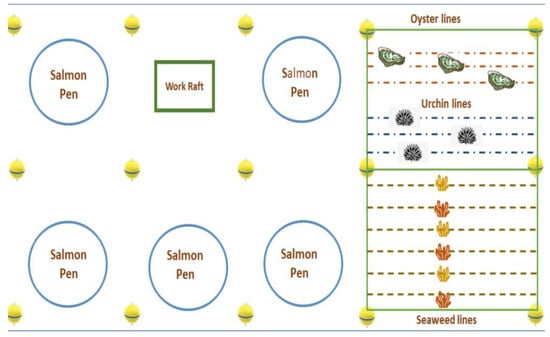Inflammation serves as a pivotal defense mechanism orchestrated by the innate immune system to safeguard cellular health against adversities. Nonetheless, dysregulated inflammatory responses can precipitate chronic inflammatory ailments, notably autoimmune disorders. Central to this process are various pathways, with studies highlighting the pivotal
[...] Read more.
Inflammation serves as a pivotal defense mechanism orchestrated by the innate immune system to safeguard cellular health against adversities. Nonetheless, dysregulated inflammatory responses can precipitate chronic inflammatory ailments, notably autoimmune disorders. Central to this process are various pathways, with studies highlighting the pivotal role of transcription factors within the nuclear factor-kappa B (NF-κB) signaling pathway in disease onset and progression. This study concentrates on the p50 homodimer protein, a key transcription factor pivotal for the expression of proinflammatory cytokine genes. To explore potential inhibitors of p50, we conducted in silico procedures to investigate fifty-eight unexplored compounds, derived from plants indigenous to the Philippines. Initial screenings for compound feasibility, through drug-likeness analyses, yielded positive outcomes for 34 compounds. Subsequent docking analyses revealed six compounds exhibiting binding energies (ranging from −3.7 to −4.2 kcal/mol) akin to or lower than the positive control, dexamethasone (−3.7 kcal/mol). These compounds include eudesm-11-en-4α-O-β-D-3-tigoyloxy-6-deoxy-glucopyranoside, wadeiol, grandiflorolide, eudesm-11-en-4α-O-β-D-3-senecioyloxy-6-deoxyglucopyranoside, α-pinene-7β-O-β-D-2- acetylglucopyranoside, and (2aβ,3α,5aβ,6β,7α,8aα)-6-[2-(3-furanyl)ethyl]-2a,3,4,5,5a,6,7,8,8a,8b- decahydro-2a,3-dihydroxy-6,7,8b-trimethyl-2H-naphtho[1-8-bc]furan-2-one. Interaction analyses revealed a common engagement of amino acid residues within the p50 DNA binding pocket, notably Arg57, Tyr60, Glu63, Lys244, Ala245, Pro246, Lys275, Arg308, Gln309, and Phe310, through hydrogen bonding, van der Waals forces, alkyl, and pi–alkyl interactions. Pharmacophore analysis underscored aromatic rings, hydroxyl, methyl, and methylene groups as pivotal for non-covalent interactions with p50. Additionally, root mean square fluctuation (RMSF) analysis demonstrated minimal residue fluctuations in p50 upon ligand binding compared to the ligand-free protein structure. In conclusion, the six shortlisted compounds exhibiting comparable binding affinities with dexamethasone hold promise as potential anti-inflammatory agents targeting the NF-κB p50 homodimer.
Full article
 IJMS
IMPACT
IJMS
IMPACT Applied Sciences
IMPACT
Applied Sciences
IMPACT Sustainability
IMPACT
Sustainability
IMPACT Sensors
IMPACT
Sensors
IMPACT JCM
IMPACT
JCM
IMPACT Materials
IMPACT
Materials
IMPACT Molecules
IMPACT
Molecules
IMPACT Energies
IMPACT
Energies
IMPACT Electronics
IMPACT
Electronics
IMPACT Remote Sensing
IMPACT
Remote Sensing
IMPACT Cancers
IMPACT
Cancers
IMPACT Nutrients
IMPACT
Nutrients
IMPACT Mathematics
IMPACT
Mathematics
IMPACT Foods
IMPACT
Foods
IMPACT Buildings
IMPACT
Buildings
IMPACT Polymers
IMPACT
Polymers
IMPACT Animals
IMPACT
Animals
IMPACT Water
IMPACT
Water
IMPACT Plants
IMPACT
Plants
IMPACT Agronomy
IMPACT
Agronomy
IMPACT Biomedicines
IMPACT
Biomedicines
IMPACT Processes
IMPACT
Processes
IMPACT Microorganisms
IMPACT
Microorganisms
IMPACT Diagnostics
IMPACT
Diagnostics
IMPACT Nanomaterials
IMPACT
Nanomaterials
IMPACT Viruses
IMPACT
Viruses
IMPACT Medicina
IMPACT
Medicina
IMPACT Healthcare
IMPACT
Healthcare
IMPACT Cells
IMPACT
Cells
IMPACT Forests
IMPACT
Forests
IMPACT Agriculture
IMPACT
Agriculture
IMPACT Land
IMPACT
Land
IMPACT JMSE
IMPACT
JMSE
IMPACT IJERPH
IJERPH
 Symmetry
IMPACT
Symmetry
IMPACT Genes
IMPACT
Genes
IMPACT Pharmaceutics
IMPACT
Pharmaceutics
IMPACT Coatings
IMPACT
Coatings
IMPACT Micromachines
IMPACT
Micromachines
IMPACT Pharmaceuticals
IMPACT
Pharmaceuticals
IMPACT Atmosphere
IMPACT
Atmosphere
IMPACT Children
IMPACT
Children
IMPACT Religions
IMPACT
Religions
IMPACT Antioxidants
IMPACT
Antioxidants
IMPACT Life
IMPACT
Life
IMPACT Metals
IMPACT
Metals
IMPACT Biomolecules
IMPACT
Biomolecules
IMPACT Vaccines
IMPACT
Vaccines
IMPACT Education Sciences
IMPACT
Education Sciences
IMPACT Minerals
IMPACT
Minerals
IMPACT Horticulturae
IMPACT
Horticulturae
IMPACT Brain Sciences
IMPACT
Brain Sciences
IMPACT JPM
IMPACT
JPM
IMPACT Bioengineering
IMPACT
Bioengineering
IMPACT





















